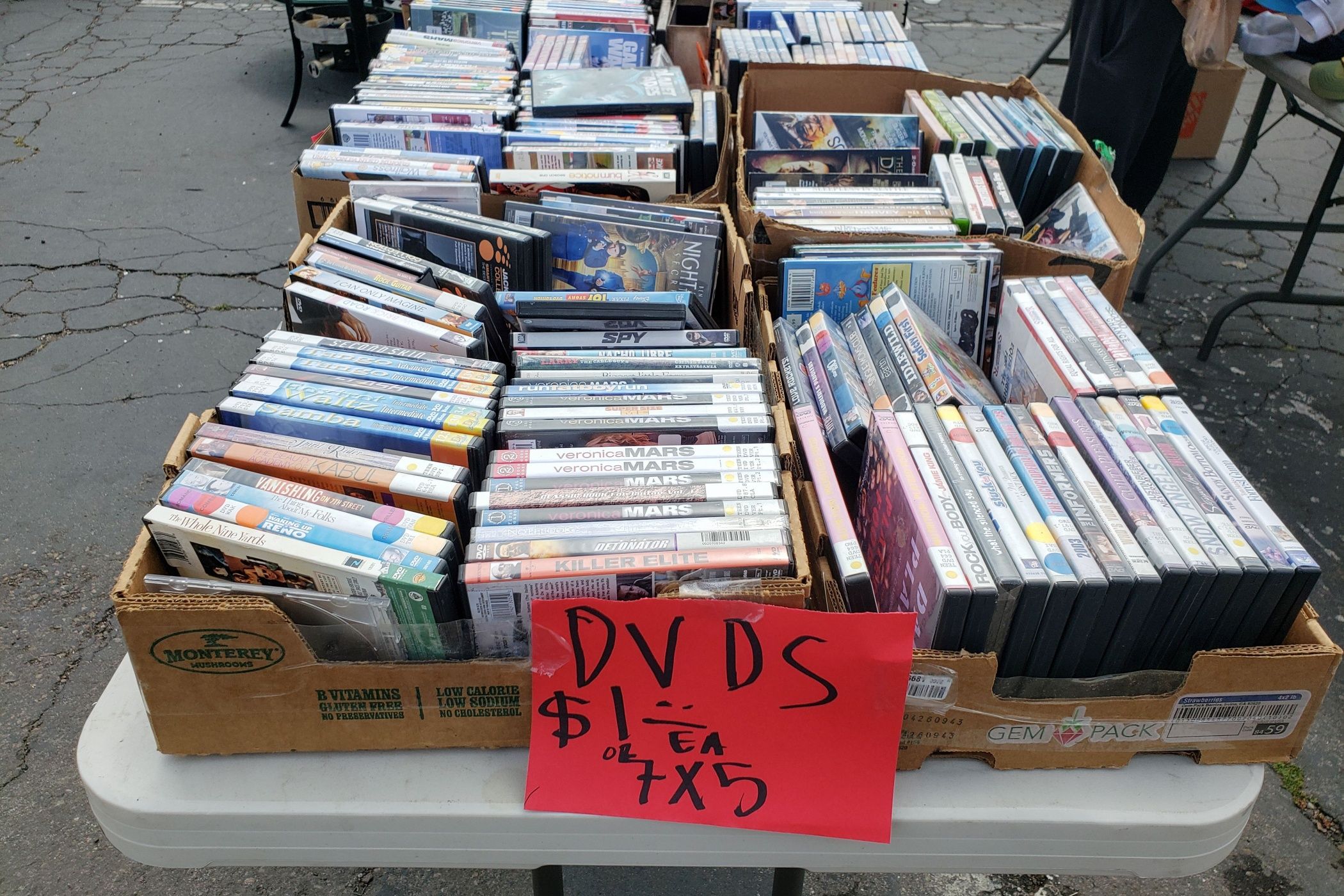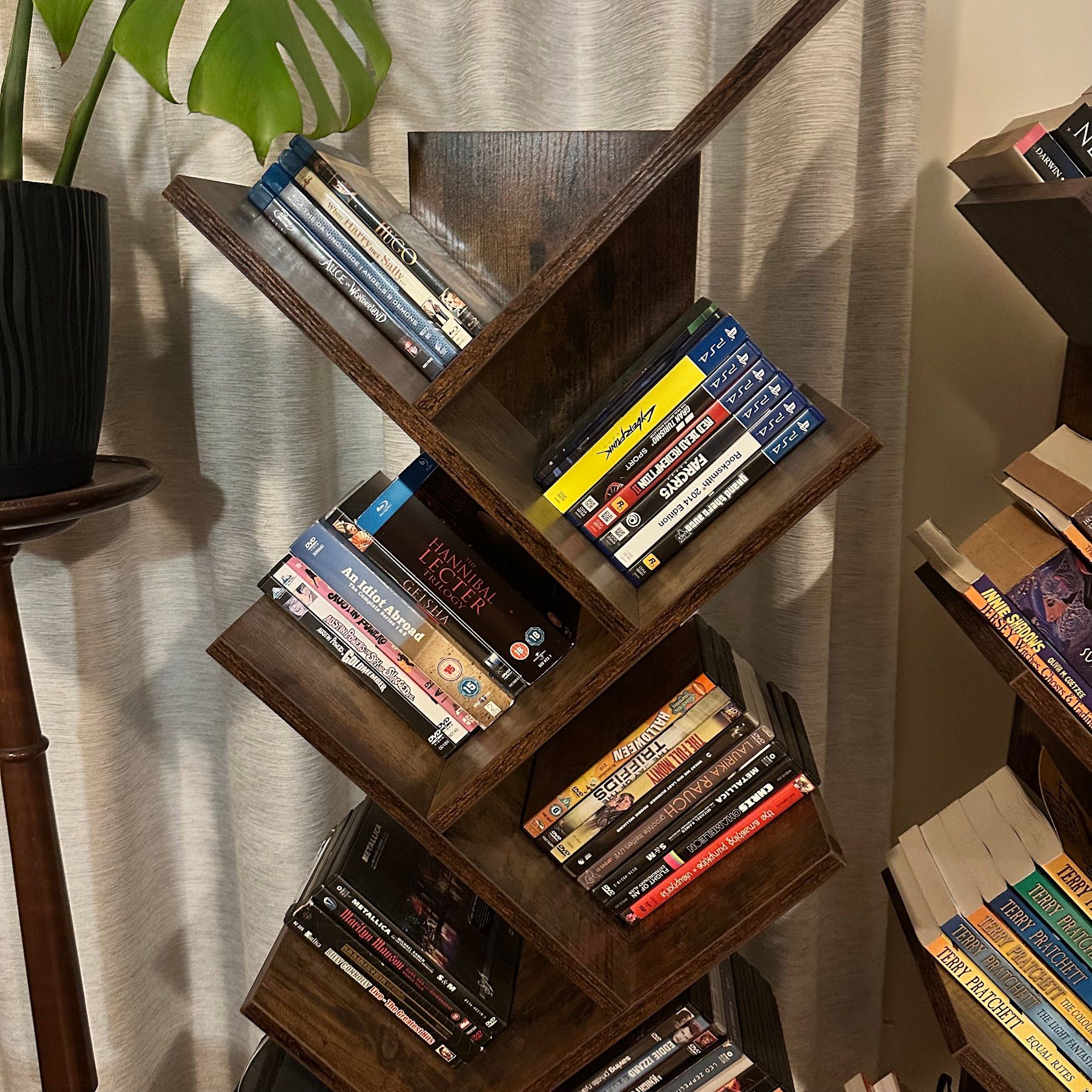If you, like me, have been collecting physical video media for some time, you’re probably starting to run out of places to store your collection. If you’re just piling them up in random corners, you should know that there are other, better options.
7
Disc Binders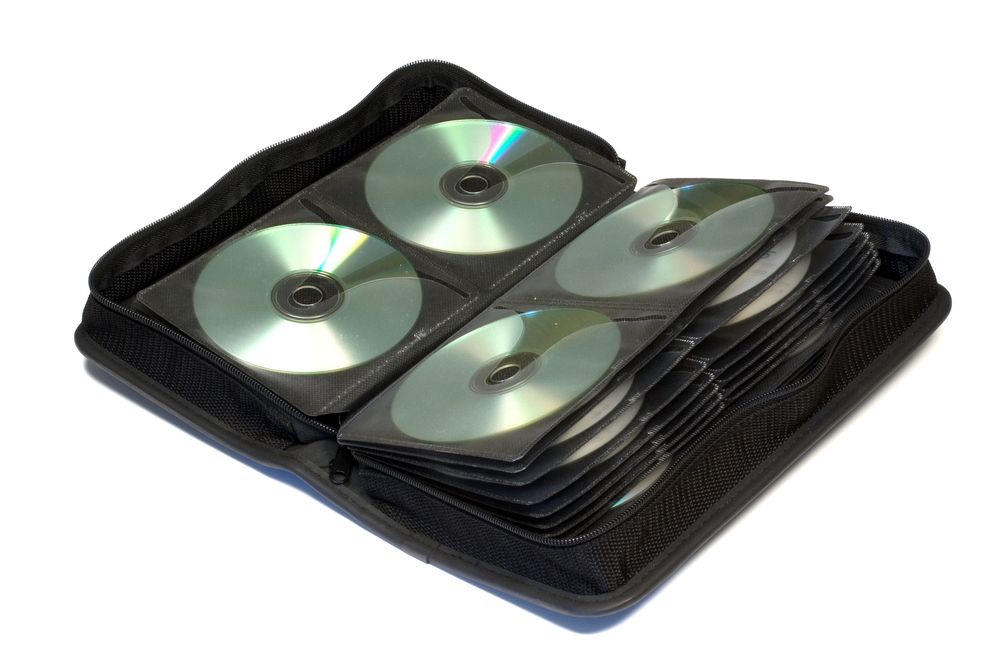
If you aren’t precious about DVD or Blu-ray cases, you can easily get disc binders that can hold hundreds of discs. Even if you do want to keep the cases and inserts, you can stash the cases away somewhere and keep the discs in a binder for easy access.
This means not needing display space for your movies, but all your physical media is at hand to watch. It’s the optimal choice if you don’t care about displaying your collection.
6
Slim Disc Cases
Blu-ray and DVD cases are mostly air on the inside, and when you have dozens or hundreds of them, it adds up quickly. One way to get around this is to buy some slimline cases and swap them out with your existing cases. One benefit of this is that you can re-use the same inserts, and fit two to three times as many discs in the same space. The main downside is that you won’t be able to read the spines of the discs.
5
Storage Ottomans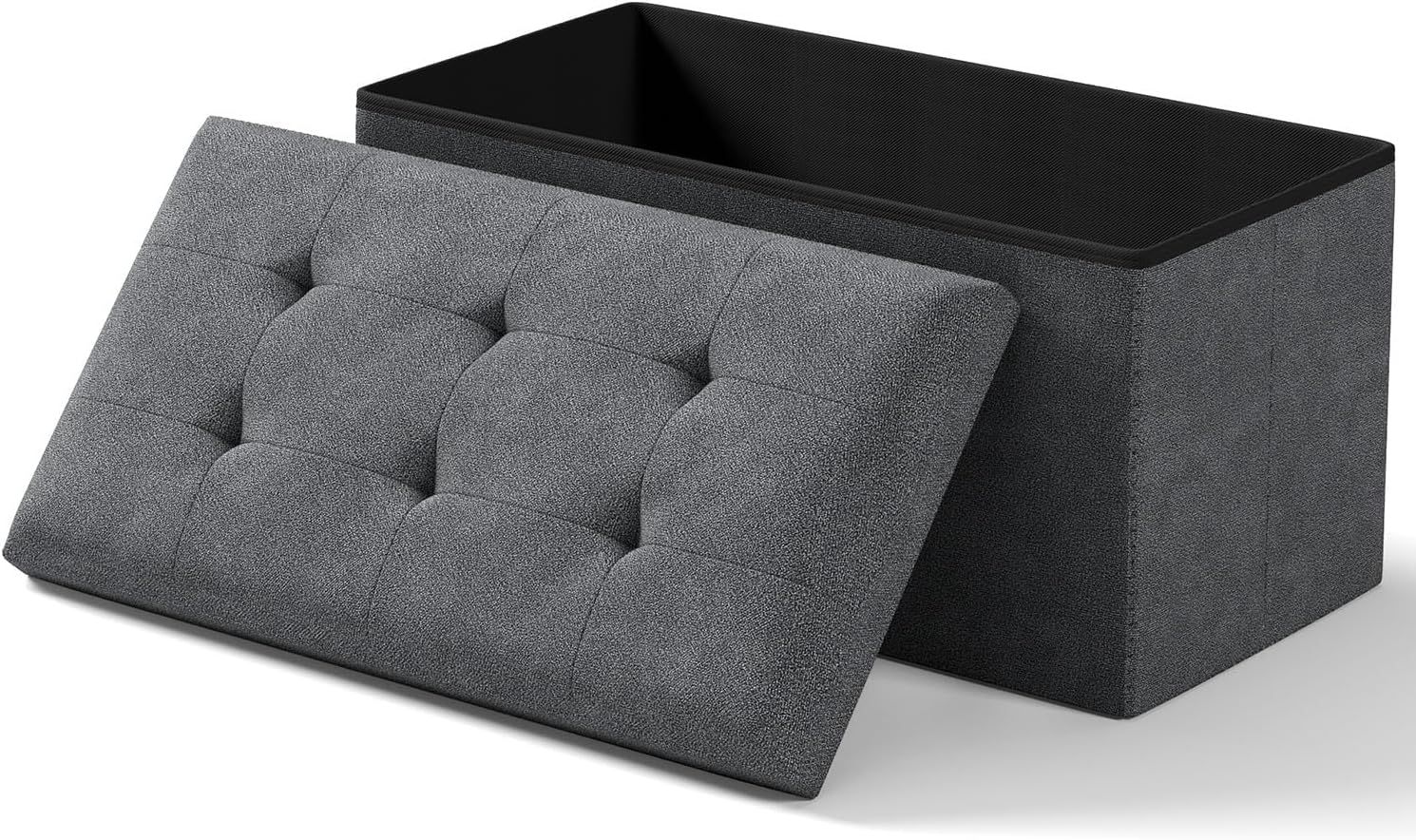
If you need somewhere to put your feed up in your lounge anyway, why not get a nice storage ottoman and use the inside space to store your physical media overflow? It means that your discs are out of sight, but if you need to find something to watch at short notice, it just takes a minute to pop the top and find it.
It’s also a great way to hide your more embarrassing titles as well. There’s nothing wrong with owning the entire Twilight saga, but you might not want all your bros to see it on the shelf when they come over.
This is, by far, my preferred way to store and display my DVDs and Blu-rays. You can get purpose-built media cabinets, but any old bookshelf will work in my experience. The nice thing about media cabinets is that they are usually adjustable for different types of media, and maximize how much of each case size you can store.
Some of the bookshelves I’ve bought from thrift stores also let you move around the shelves to adjust for different book heights, which is also great for media storage.
I don’t mind mixing media on the same shelf either, since often there’s a narrow horizontal shelf that works great for DVDs, but not for books. So I will squeeze them in wherever I can.
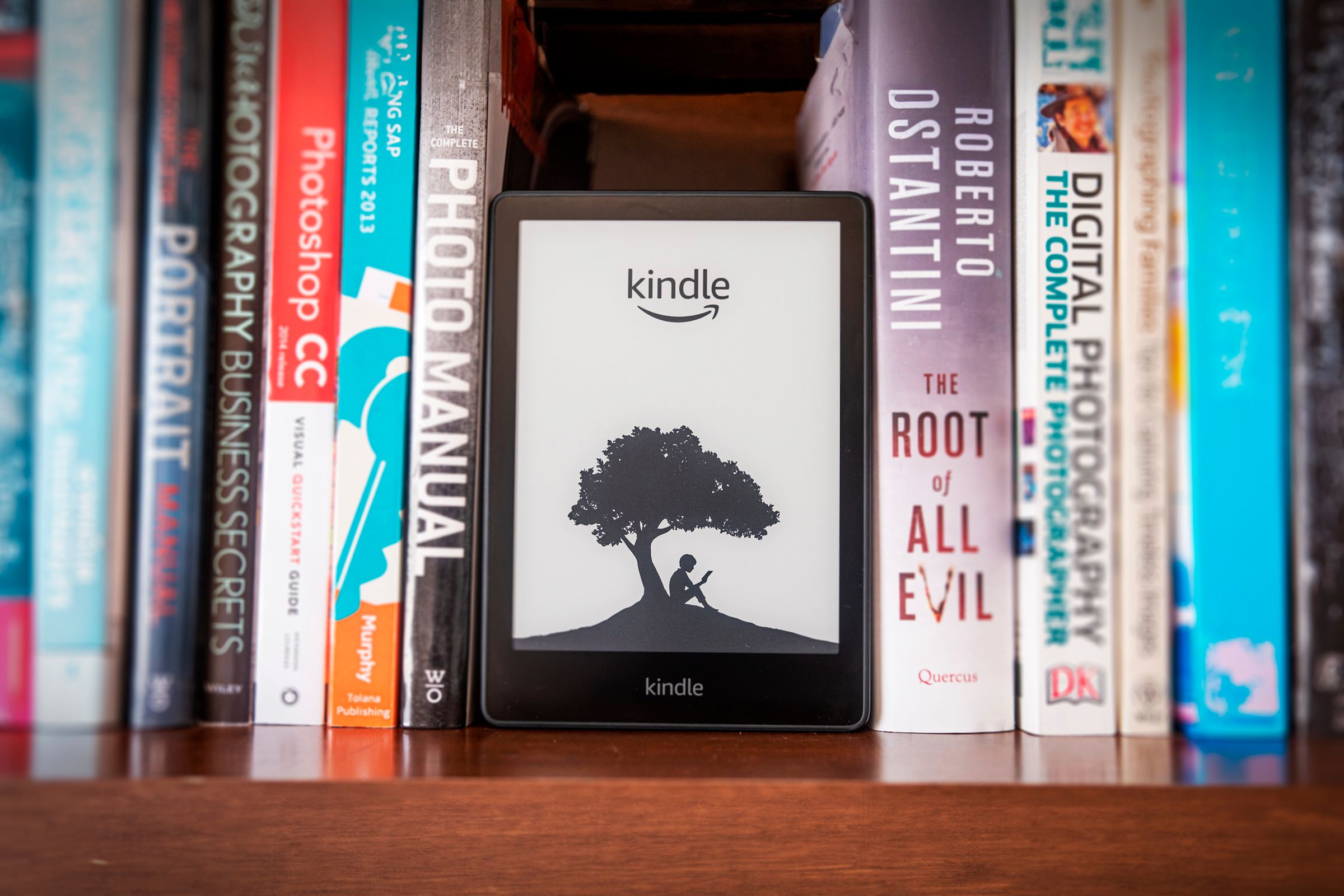
Related
I Was a Die-Hard Physical Books Fan; Now I Can’t Live Without an eReader
Here’s how ebooks won me over.
3
Wall-Mounted Racks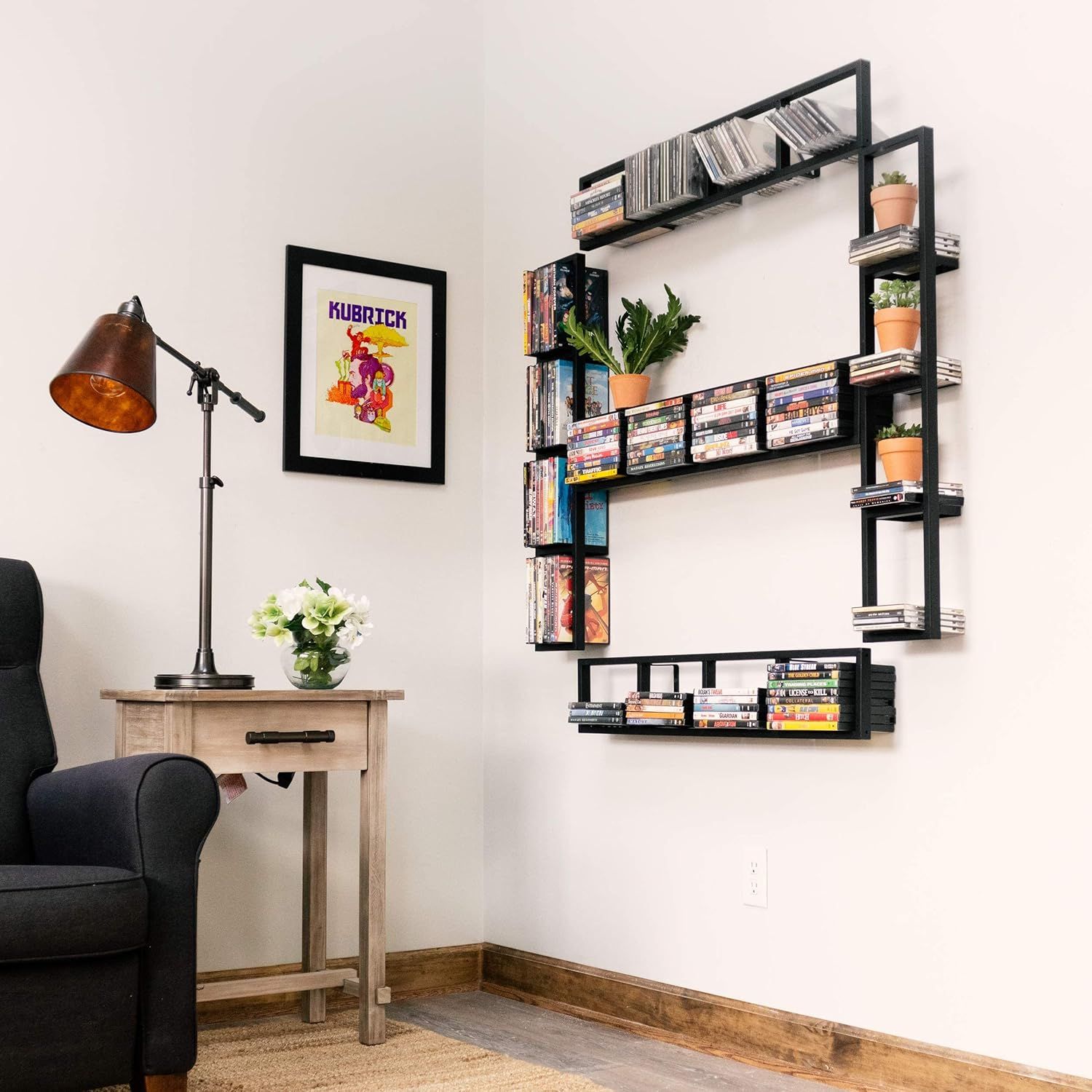
While shelves are great, they take up floor space, and they don’t let you maximize the use of vertical space. While I don’t have them in my current home, in the past I’ve made good use of floating shelves attached to the wall, and there are ones designed specifically for physical media.
I think this is also the most aesthetically pleasing option, but they can be a pain to install correctly, depending on the type of wall, whether you have the requisite studs in the right place, or if the shelves won’t interfere with anything else.
I’ll be honest, I can never do stuff like this right, so I generally just pay a professional to do it, or my wife does it. Which makes sense since she’s better at basically everything than me!
2
Inside Your TV Stand
Media stands often have oodles of space for physical media, especially if you’ve consolidated your AV equipment into just a few boxes. These days just a single gaming console can cover all your needs, for example, so if you have the right sort of stand you can stuff your discs in there. At least the ones that you want to keep close at hand.
Some of the fancier media stands I’ve seen have drawers and cabinet doors, so you can put box sets in there, or put many discs into the drawer spine-up, like files in a filing cabinet.
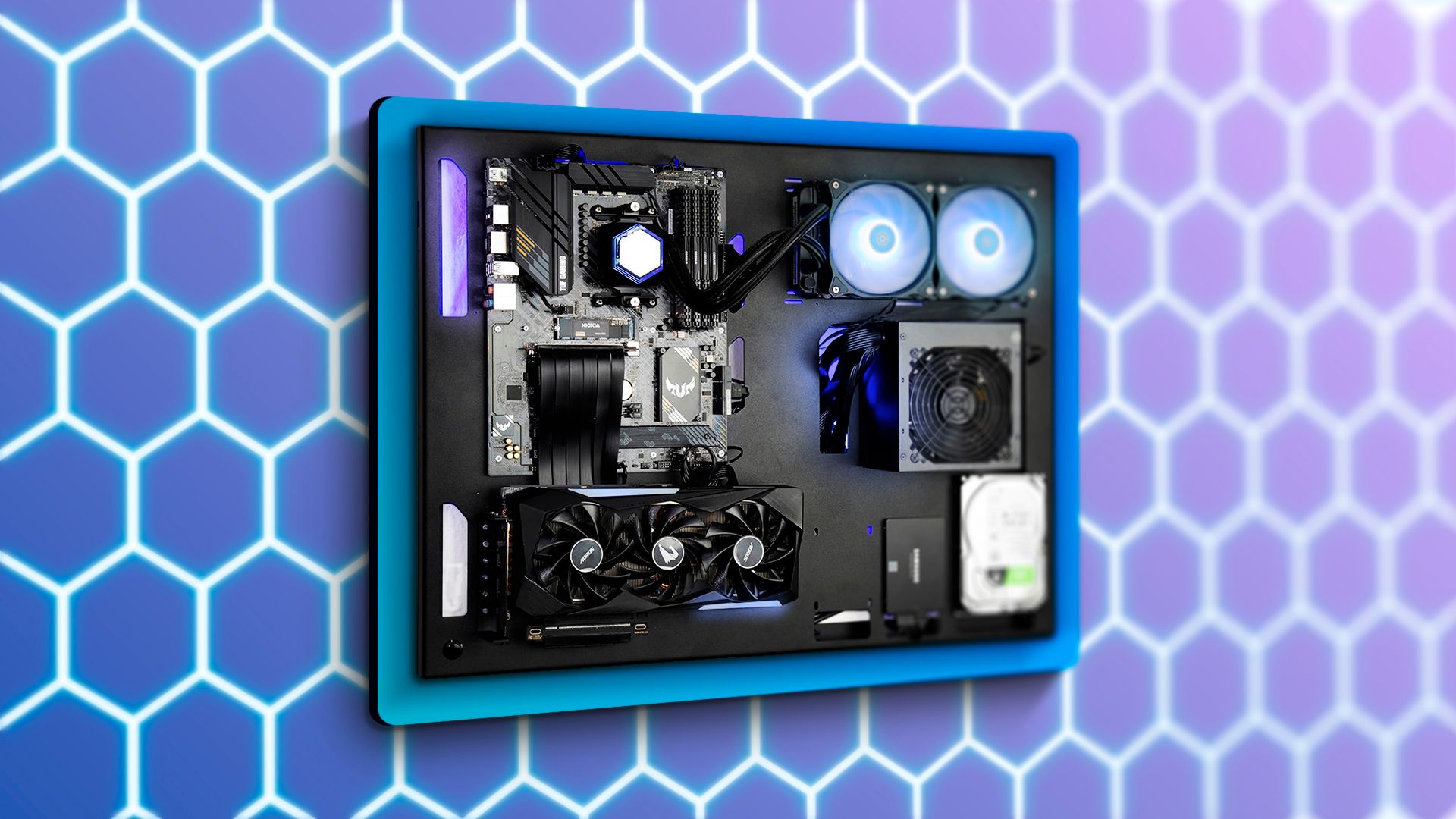
Related
1
Rip Your Discs and Stash Them
This last option isn’t for everyone, but if you aren’t too much of a stickler to always experience your collection at the best possible quality, then you might want to rip your discs to a hard drive and then set up a home streaming server using software like Plex or Jellyfin. You can put your physical media into storage, but still watch it whenever you like just like a streaming service.
The big difference is that this is a streaming service you control, and no one can take your programs away, change them, or otherwise limit your access. In the meantime, your physical discs are safe and sound, out of sight, and there if you ever need them again.

Related
How to Rip Blu-rays for Your Plex Library
Populate your Plex media server with high-quality movies and TV shows.


